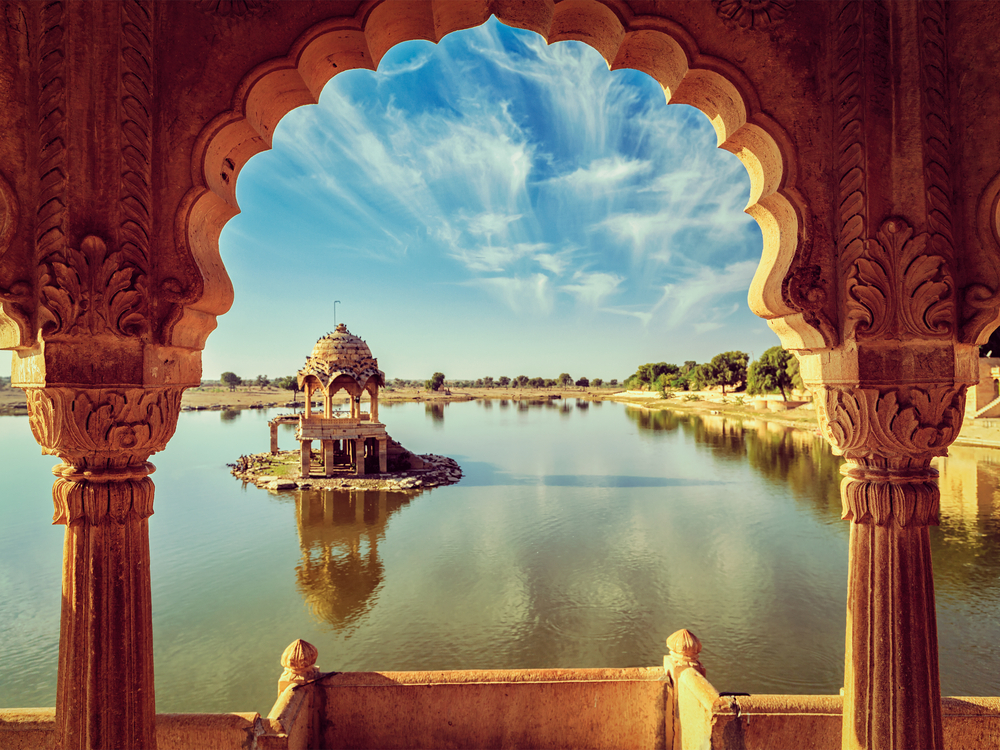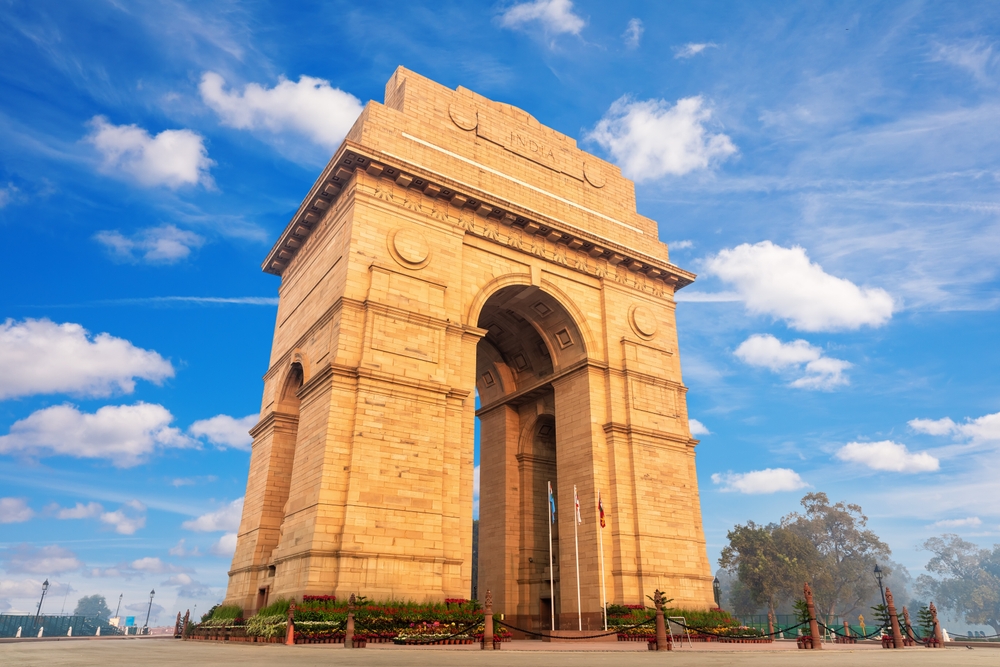The beauty of India’s ancient temples and monuments deftly weaves the rich fabric of history there. These architectural wonders are living monuments to the nation’s many cultural legacy, spiritual depth, and artistic genius, not only relics from the past. Every building, from the grandeur of medieval palaces to the delicate carvings on temple walls, offers a tale of devotion, artistry, and a close relationship to the divine.
A Journey Through Spirituality and Art
India’s temples are sanctuaries of art, philosophy, and community, far more than only places of prayer. Grand monuments of the Chola era’s architectural skill and the South Indian temples, including the Brihadeeswarar Temple in Tamil Nadu, stand. Constructed more than a millennium ago, this UNESCO World Heritage Site showcases the rich artistic traditions of the period with its elaborate sculptures depicting gods, dancers, and legendary animals.
Comparably, the chariot-shaped Konark Sun Temple in Odisha, honoring the sun god Surya, captivates visitors. Its meticulous carvings provide insight into the beliefs and way of life of 13th-century India by capturing images of daily life, holy entities, and cosmic components. Apart from its religious functions, these temples help link contemporary guests with ancient India’s philosophical and spiritual endeavors.
INDIAN VISA FOR ZIMBABWEAN CITIZENS
Monuments That Echo Through Time
India’s historical monuments are evidence of its active past molded by the rule of kingdoms and empires. A masterwork of Mughal construction, the famous Taj Mahal is one of the New Seven Wonders of the World and a continual emblem of love. Its immaculate white marble front, inlaid with semi-precious stones, and the surrounding verdant gardens produce harmony and classic elegance.
Another fantastic example is the 73-meter minaret known as the Qutub Minar in Delhi, which chronicles the rule of the Delhi Sultanate. The finely etched Quran words are a magnificent illustration of Islamic design and work on its red sandstone surface. Among other monuments, these act as reminders of India’s complex past, where several civilizations coexisted peacefully to produce breathtaking sites.
Engineering Marvels of Ancient Times
Beyond their artistic splendor, India’s historic temples and monuments are technical marvels that transcend their age. Unmatched in creativity, the Kailasa Temple at Ellora, Maharashtra, fashioned entirely from one rock, is a miracle. Built in the eighth century under the Rashtrakuta dynasty, this architectural marvel, which involved the removal of more than 200,000 tons of rock, honors Lord Shiva.
Another amazing wonder is Delhi’s Iron Pillar, perched in the Qutub complex. Though more than 1,600 years old, it has defied corrosion, and scientists worldwide are wondering how it did so. Such successes draw attention to the sophisticated metallurgical and building skills of ancient Indian craftspeople.
Preserving Heritage for Generations to Come
India’s historic temples and monuments are vibrant centers of culture and tradition rather than only relics. Festivals, rites, and celebrations give these buildings life and guarantee their significance in modern times. Still, maintaining these sites falls on all of us. Projects by groups like UNESCO and the Archaeological Survey of India (ASI) seek to protect these jewels from urbanization, environmental threats, and neglect.
Public involvement in preserving legacy is just as important. Respectful visits to these sites, knowledge of their historical importance, and advocacy of their preservation will help guarantee that their ageless appeal will last for future generations.
A Testament to India’s Cultural Grandeur
India’s historic temples and monuments reflect the soul of the nation, not only stone and mortar. They capture the spiritual fire, creative talent, and historical depth defining India’s character. Whether walking through the hallways of a centuries-old fort or under the soaring spires of a temple, one cannot help but feel a great connection to a past that still inspires.
These ageless buildings are living lessons in perseverance, inventiveness, and the ceaseless search for meaning rather than only relics of the past. India’s old temples and monuments stay stable as they develop, providing a window into the grandeur of a society valued above all else—beauty, knowledge, and devotion.
Read more: The Flavors of Saudi Arabia: Traditional Recipes to Savor




